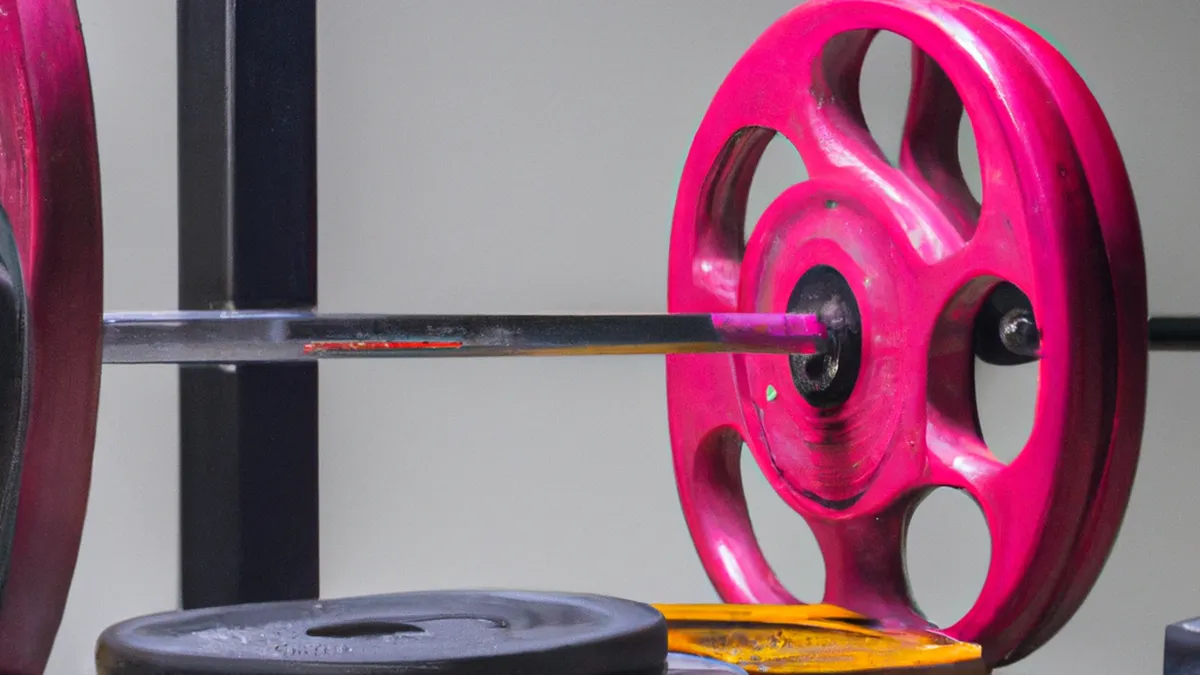Assess Barbell Training’s Influence on Agility
Analyzing the Effects of Barbell Training on Agility and Coordination
Athletes, bodybuilders, and fitness enthusiasts increasingly embrace barbell training. People often link it to strength development, but its benefits extend further. Barbell training positively impacts agility and coordination, essential skills for sports and activities. Incorporating barbell training into your routine can enhance these skills significantly. This post explores how barbell training boosts agility and coordination, examining physiological mechanisms and offering practical implementation tips.
Understanding Agility and Coordination
Before discussing barbell training effects, let’s define agility and coordination.
– **Agility** means moving quickly and changing direction effectively while maintaining control. It involves reaction time, balance, and spatial awareness. Athletes in basketball, soccer, and tennis rely on agility to outmaneuver opponents and execute complex movements.
– **Coordination** refers to synchronizing movements of different body parts smoothly. Good coordination enables precise and fluid movements, crucial in sports and daily activities.
Both agility and coordination form the foundation of athletic performance, influencing speed and complex motor skills.
The Role of Barbell Training
Barbell training focuses on compound movements that engage multiple muscle groups. Common barbell exercises include squats, deadlifts, bench presses, and Olympic lifts like the clean and jerk. These movements require strength, balance, stability, and coordination, making them effective for enhancing these skills.
How Barbell Training Enhances Agility
Agility involves explosive movements and quick directional changes, essential in various sports. Barbell training enhances agility in several ways:
1. **Building Strength and Power**: Barbell exercises develop strength in the legs, core, and upper body. This strength generates explosive power for rapid acceleration and deceleration in agile movements.
2. **Improving Neuromuscular Coordination**: Performing barbell exercises helps your body recruit multiple muscle groups efficiently. This adaptation improves stabilization and control, essential for quick directional changes.
3. **Enhancing Body Awareness**: Barbell training demands focus and body awareness. Practicing lifting weights increases your awareness of body positioning and movements, leading to better control during athletic activities.
Tips for Incorporating Barbell Training
To maximize barbell training benefits for agility and coordination, consider these tips.
Conclusion
In summary, barbell training significantly enhances agility and coordination, crucial for athletic performance.
Below are related products based on this post:
FAQ
What are the main benefits of barbell training for agility and coordination?
Barbell training enhances agility and coordination by building strength and power, improving neuromuscular coordination, and increasing body awareness. These elements are essential for executing quick directional changes and maintaining control during athletic activities.
How does barbell training improve neuromuscular coordination?
Barbell training involves compound movements that engage multiple muscle groups, which helps the body recruit these muscles efficiently. This coordination between muscle groups enhances stabilization and control, crucial for performing agile movements effectively.
What types of exercises should I incorporate into my barbell training to boost agility?
To improve agility, focus on compound barbell exercises such as squats, deadlifts, bench presses, and Olympic lifts like the clean and jerk. These exercises engage various muscle groups and promote strength, balance, and coordination necessary for agile performance.















Post Comment